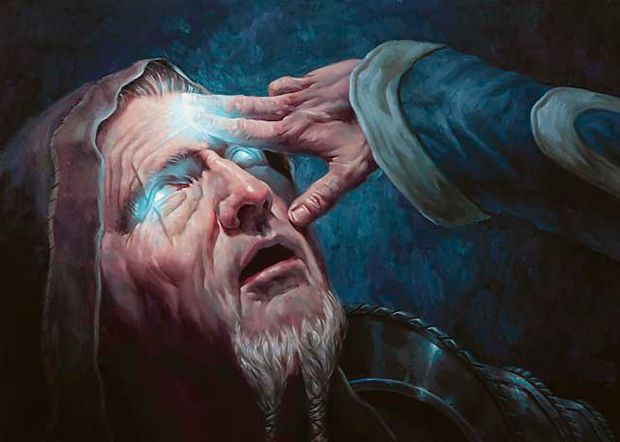Charm Person & Mammal (spell)
Charm Person or Mammal is a spell that exerts an influence over a targeted animal or humanoid, prompting it to safeguard, value and even develop feelings of affection for the spellcaster, contingent upon specific circumstances. The spell exhibits heightened efficacy when cast upon creatures of the same race as the caster or those who perceive the caster as a potential mate.
| Range | 30 ft. |
| Duration | 5 +3 rounds per level |
| Area of Effect | 1 creature |
| Casting Time | 1 round |
| Saving Throw | negates |
| Level | bard (2nd); druid (2nd) |
Contents
The spell is specifically limited to targeting humanoid individuals or mammals. It cannot be employed to charm creatures falling outside these categories, even if they lack inherent charm immunity. This restriction reinforces the spell's name and its intended scope.
The affected creature is eligible for a saving throw against magic. If successful, no result occurs and the situation goes on as before.
Spell Effects
If this is unsuccessful, the creature's greatest desire is to safeguarding the caster in the face of peril. In such circumstances, the creature will position itself as a protective barrier between potential threats and the caster, actively engaging and fighting any other who threatens the caster.
However, the creature won't initiate aggression, but only maintain a protective stance. As well, the creature takes time to state it's determination to shield the caster, offer reassuring words, and make recommendations regarding the caster's positioning or movement to enhance their protection.
Additionally, the creature also seeks to convey its reverence and esteem for the caster. This manifests as a readiness to comply with the caster's directives, undertake benign tasks within the creature's capabilities (provided they occur within the spell's effective range), and readily provide information when requested.
Dissipation
After the spell naturally concludes, the response of the charmed creature is marked by its abruptness, as they retain a vivid recollection of being charmed. The consequences of their actions and experiences during the charm weigh heavily on them, leading to a broad spectrum of potential reactions.
Animals will most likely flee the situation, or they may become aggressive. Humanoids may also choose to hastily flee from the situation, while others might insist on receiving explanations for what transpired. There are also those who, influenced by a mix of fear, desperation, or newfound loyalties, may unsheathe their weapons, exhibiting a readiness to engage in combat, even to the point of risking their lives or contemplating self-harm. The specific course of action undertaken by the charmed creature will largely depend on the prevailing circumstances and their individual disposition.
A skilled dungeon master should indeed take into account the intelligence and personality of the charmed creature, role-play the situation authentically based on those traits, and consider the surrounding circumstances. The primary goal should be to determine the most plausible response for the creature, keeping in mind the verisimilitude of the game world rather than strictly adhering to game mechanics. Encouraging player agency and allowing them to explore their own strategies to resolve the situation is essential. An open-ended approach to problem-solving is key.
Different animals and humanoids should react differently based on their nature, beliefs, and past experiences, contributing to the richness and unpredictability of the gameplay.
See also,
Charm Person (spell)
Suggestion (spell)
